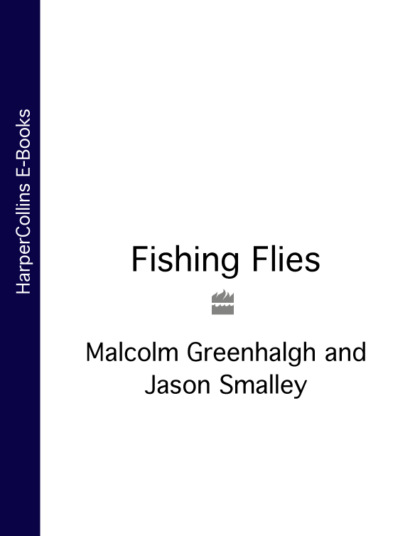По всем вопросам обращайтесь на: info@litportal.ru
(©) 2003-2024.
✖
Fishing Flies
Настройки чтения
Размер шрифта
Высота строк
Поля
TROUT FLY EVOLUTION INTO THE NINETEENTH CENTURY
During the 200 years following the publications of Barker and Cotton, three different styles of trout fly became established. The first was a winged fly that was an attempt to imitate real flies. This and the second style, the ‘buzz’ fly can best be seen in Alfred Ronalds’ The Fly-Fisher’s Entomology, which was first published in 1836 and was still in print in a new edition as late as 1921. His book was also the first to have fairly good illustrations of both the natural fly and corresponding imitative fly. The following are typical examples.
Plate 1
Plate 2
Plates from The Fly-Fisher’s Entomology, showing some of the earliest coloured illustrations of real and artificial trout flies.
STYLE ONE – THE WINGED IMITATIVE TROUT FLY (SEE PLATE 1, LOWER-LEFT FLY)
Example: Little Yellow May Dun
Hook: Size 15.
Thread: Not given; presumed yellow.
Tails: Two whisks from a dun hackle.
Body: Pale ginger fur from the back of a hare’s ear.
Rib: Yellow silk.
Hackle (Ronalds called this ‘Legs’): A light dun hackle lightly dyed yellow-green.
Wings: Drake mallard lightly dyed yellow-green.
STYLE TWO – THE BUZZ TROUT FLY (SEE PLATE 2, SECOND FLY FROM BOTTOM)
This was a fly with a palmered body hackle, like the Palmer flies of Cotton (see here (#ulink_6fd06603-5e8e-5f5a-8bcf-b8c1e7929c25)). The term ‘made buzz’ indicated the palmered hackle.
Example: Marlow Buzz
Hook: Not given; size 12 suggested.
Thread: Red.
Body: Black ostrich herl and peacock herl twisted and wound together.
Wings and legs: ‘Are made buzz with a dark furnace hackle.’
STYLE THREE – THE NORTH COUNTRY SPIDER (ALSO CALLED THE SOFT-HACKLED WET FLY)
Two Yorkshire men were instrumental in establishing this style, Michael Theakston, author of British Angling Flies (1853), and Francis M. Walbran, who edited a later edition of Theakston. This style of fly was later catalogued by T. E. Pritt in Yorkshire Wet Flies (1885), reprinted the following year as North-Country Wet Flies. These are still often fished today, on both sides of the Atlantic and in the Antipodes – they are therefore described more fully here (#uccb3a118-d079-46d5-a3a0-cbd24940729b).
Spider wet flies have the simplest of bodies, often just of tying thread (silk), perhaps with a wisp of dubbing, and they have only two or two and a half turns of a soft hackle; a few also have very slender wings . They therefore suggest a fragile nymph or a waterlogged adult fly close to the surface.
Plate 8 of Pritt’s book includes six that are not included in the later section on North Country Spiders, and they have been included here to illustrate this style of trout fly.
OLD MASTER
Hook: Size 14.
Thread: Ash coloured.
Body: Tying thread, wrapped over with heron’s herl.
Hackle (called ‘Wings’ by Pritt): Woodcock underwing covert.
STONE MIDGE
Hook: Size 15.
Thread: Ash coloured.
Body: Tying thread, dubbed sparely with heron’s herl.
Hackle (called ‘Wings’ by Pritt): Pewit’s [lapwing] neck, breast or rump.
Head: Magpie herl.
GREY MIDGE
Hook: Size 15.
Thread: Yellow.
Body: Tying thread.
Hackle (called ‘Wings’ by Pritt): Woodcock breast.
Head: Peacock herl.
KNOTTED MIDGE
Hook: Size 15.
Thread: Ash coloured.
Body: Tying thread, dubbed heron herl.
Hackle (called ‘Wings’ by Pritt): Back of a swift or a martin, or pewit shoulder.
Head: Magpie herl.
SANDY MOORGAME
Hook: Size 15.





